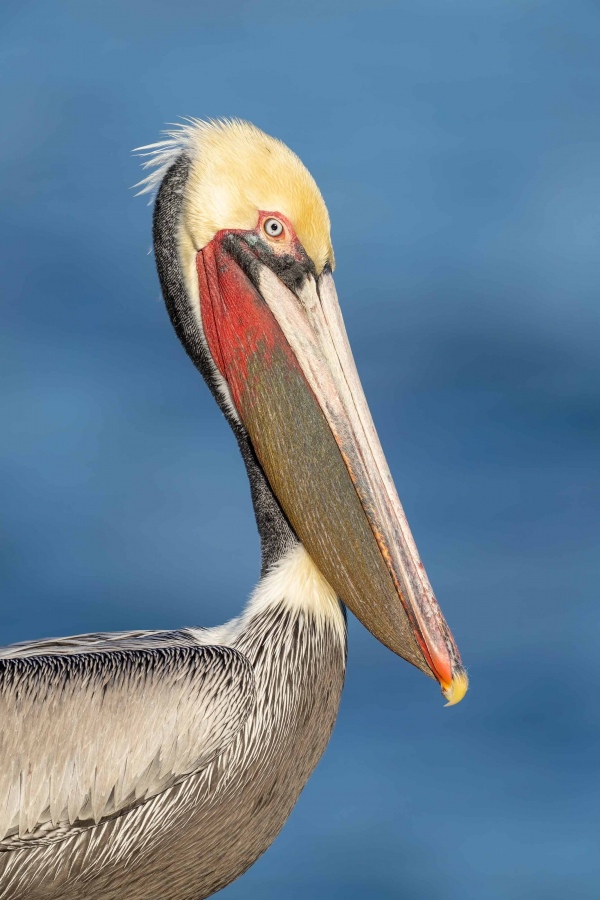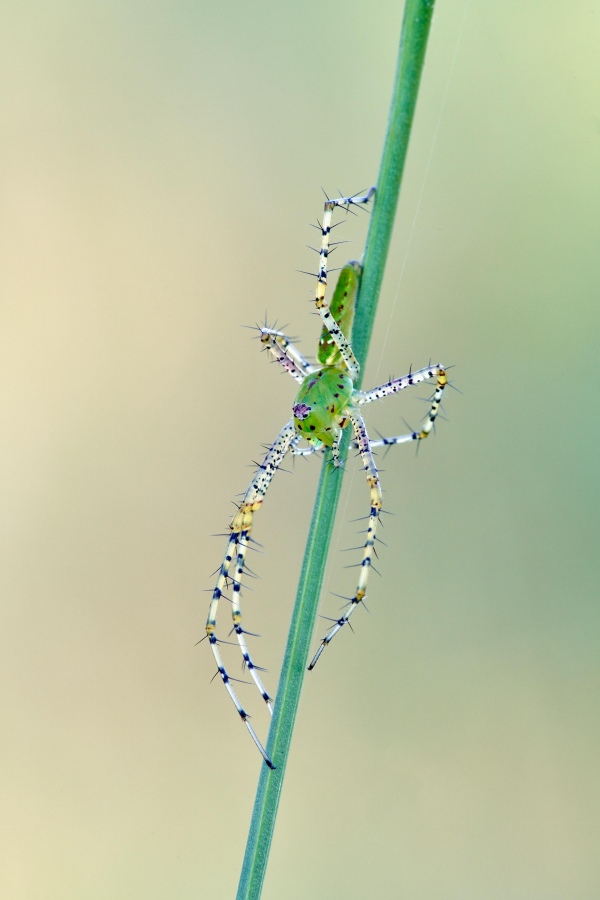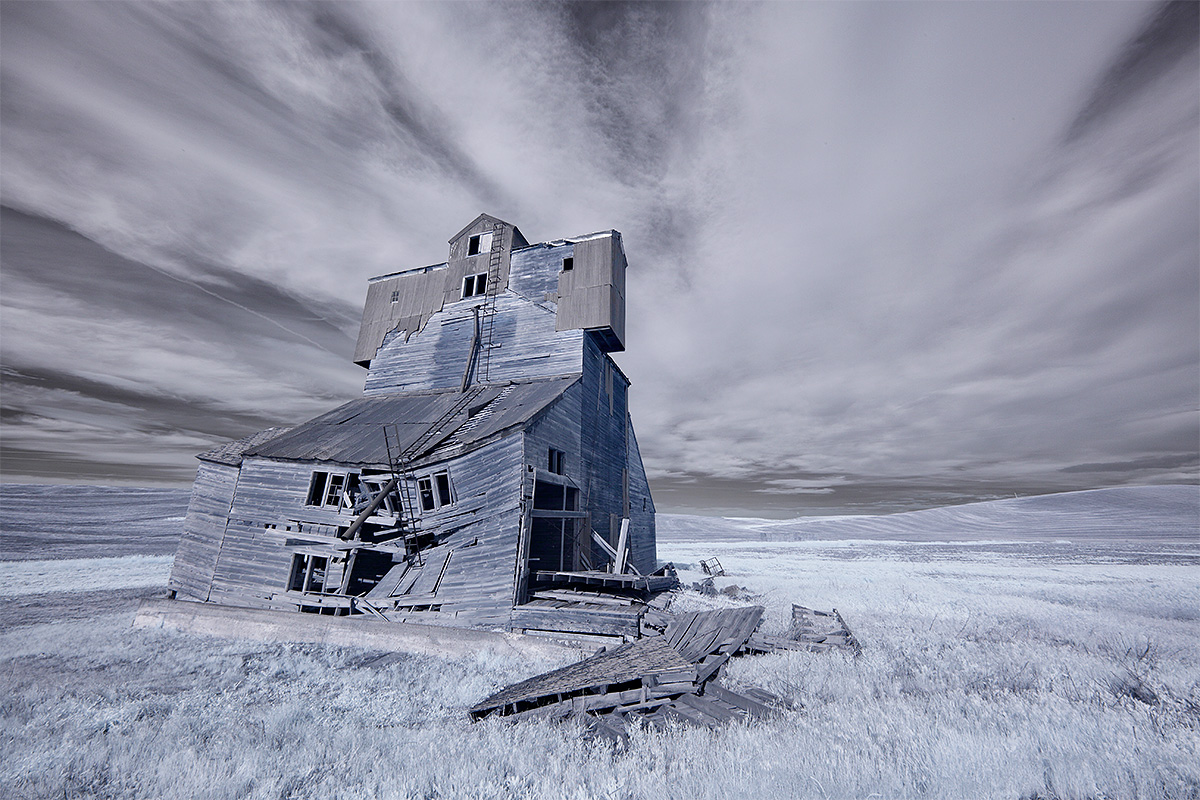What’s Up?
I made it down to the lake on Sunday morning, created 581 images, and kept 28 after the first edit. Those included one nice frame of a Great Egret in the marsh; the rest were Sandhill Cranes and vultures. As is usual, I had fun and learned a bunch.
Which of today’s three featured images is the strongest? Why?
Today is Monday 5 December 2022. I will be heading down to the lake early. This blog post took about 90 minutes to prepare and makes two hundred fifty-three days in a row with a new, educational post just for you. Wherever you are and whatever you are doing, I hope that you too have a great day.
Please remember to use the B&H and Amazon links that are found on most blog pages and to use the BIRDSASART discount code at checkout when purchasing your new gear from Bedfords to get 3% back on your credit card and enjoy free second-day air FedEx. Please, also, consider joining a BAA IPT. You will be amazed at how much you will learn!
You can find some great photo accessories (and necessities, like surf booties!) on Amazon by clicking on the Stuff tab on the orange/yellow menu bar above. On a related note, it would be extremely helpful if blog-folks who, like me, spend too much money on Amazon, would get in the habit of clicking on the Amazon logo link on the right side of each blog post when they shop online. As you might expect, doing so will not cost you a single penny, but would be appreciated tremendously by yours truly. And doing so works seamlessly with your Amazon Prime account.
Please remember that if an item — a Delkin flash card, or a tripod head — for example, that is available from B&H and/or Bedfords, is also available in the BAA Online Store, it would be great, and greatly appreciated, if you would opt to purchase from us. We will match any price. Please remember also to use my B&H affiliate links or to earn 3% cash back at Bedfords by using the BIRDSASART discount code at checkout for your major gear purchases. Doing either often earns you free guides and/or discounts. And always earns my great appreciation.
Photographing Pelicans in Southern California with Arthur Morris from B&H Photo on Vimeo.
San Diego IPT #1 Late Registration Discount
Please shoot me an e-mail if you would like to the San Diego IPT #1 Late Registration Discount. Note that due to a cancellation, there is now a single opening on San Diego #2. Click here for complete details on all three upcoming San Diego IPTs. (BTW, I did not like the cormorant blur either.) As I am staying for five weeks, I have lots of free days for In-the-Field Instructional Sessions, again, e-mail for rates and details.
|
|
|
This image was created on 4 January 2020 on a San Diego IPT. I used the no-longer available except from BAA Induro GIT 304L/FlexShooter Pro (now replaced by the Levered-clamp FlexShooter Pro)-mounted Sony FE 600mm f/4 GM OSS lens, the Sony FE 1.4x teleconverter, and the the 61-MP monster, the Sony Alpha a7R IV Mirrorless Digital Camera Body. ISO 400. Exposure determined by Zebras with ISO on the rear dial: 1/1250 sec. at f/7.1 in Manual mode. AWB at 9:21:39am on a clear, sunny morning. Upper Center Zone AF/C performed perfectly. Click on the image to see a larger version. Image #1: Brown Pelican — Pacific race molting into breeding plumage –bill pouch distended |
The Distended Bill Pouch Pose
If you missed the San Diego video, you can watch it above and learn about all the Pacific-race pelican plumages. The bird in Image #1 is a carpet-neck, that is, in pre-breeding plumage. In two weeks, the speckled black feathers on the back of the head will become a rich, dark brown with a tinge of mahogany. Rarely, after a head throw, the big birds will distend their bill pouches as you see above for only a few seconds revealing more of the red and olive colors than usual.
|
|
|
This image was created on the morning of 9 AUGUST 2020 in the southeast corner of Indian Lake Estates. Again, I used the Induro GIT 404L/FlexShooter Pro-mounted Canon EF 180mm f/3.5L Macro USM lens with the Metabones Canon EF/EF-S Lens to Sony E Mount T Smart Adapter (Fifth Generation) and the 61MP monster, the Sony Alpha a7R IV Mirrorless Digital camera body ISO 1600. Multi metering +1 2/3 stops: 1/30 sec. at f/16 in Av mode. This exposure was confirmed as perfect in RawDigger. AWB at 8:34am on a still sunny morning. Manual focus using the combination of Manual Focus Toggle and Focus Magnifier tips from the SONY e-guide along with the 2-second timer. The stalk was stabilized by a Plamp to keep it from blowing in the faint breeze. Click on the image to enjoy a larger version. Image #2: Green Lynx Spider |
A7R IV with the Canon 180mm Macro Lens
I absolutely loved the A7R IV with the Metabones T Smart Adapter for my macro photography. The incredibly detailed files with luscious colors allowed for healthy crops. And the 180mm focal length yields a narrow angle of view along with a 1:1 Macro Reproduction Ratio; at the Minimum Focusing Distance of 1.57′, the size of the subject in life will be the size of the subject in a full frame image.
Sony Alpha a7R IV Mirrorless Digital Camera
BAA Record-low Price!
Charlie Curry is offering a Sony Alpha a7R IV Mirrorless Digital Camera in near mint condition with only 7358 shutter actuations for a BAA record-low $1699.00. The sale includes the original box, the manuals & cords, one battery and the charger, the front cap, the camera strap, a (no longer available) SmallRig L-bracket, and insured ground shipping via major courier to lower-48 US addresses only — inquire for shipping to other locations.
Please contact Charlie via e-mail.
For the past several years you have seen the incredible detail in my a7r IV images made with a variety of SONY lenses and both teleconverters. Before the a1, I typically used my 7r IV for about 50% of my bird photography and my a9 II in pure flight situations. Used copies in 9+ condition are selling for a ridiculously high $2,448.50 at B&H. And the newer a7r IVA sells new right now on sale for $2998.00; the only “improvement” over the original a7R IV is more resolution in the rear monitor. Though this 61-MP body is especially attractive to landscape and macro photographers, it is great for birds as well; you can pretty much crop to your heart’s content. For static birds, it does great with the 200-600 G lens. For photographing birds in flight, it did very well with the 600mm f/4 GM. I do not, however, recommend using it with the 200-600 G lens for birds in flight. artie
|
This infrared image was created on the Palouse IPT with the hand held Canon EF 11-24mm f/4L USM lens and a Canon EOS 5D Mark II converted to infrared at 720nm. Image #3: Old grain elevator |
The Palouse
I had a ton of fun in the Palouse, especially with Canon in-camera HDR Art Vivid captures, and with infrared.
Sony Alpha a7R IV Mirrorless Digital Camera with LifePixel Full Spectrum Infrared Conversion
Charlie Curry is offering a Sony Alpha a7R IV Mirrorless Digital Camera with LifePixel Full Spectrum Infrared Conversion in like-new condition with only 1171 shutter actuations for a silly low $1699.00. The sale includes the LifePixel box, the manuals & cords, one battery and the charger, the front cap, the camera strap, a (no longer available) SmallRig L-bracket, and insured ground shipping via major courier to lower-48 US addresses only — inquire for shipping to other locations. Payment by cashier’s check only.
Please contact Charlie via e-mail.
As you can see above, I dabbled with infrared several years ago. And loved it. Getting Charlie’s a7R IV infrared body for the same price as the body alone is a huge steal as the conversions cost several hundred dollars. artie
|
|
Creating the World’s Best JPEGs (Video) |
Creating the World’s Best JPEGs Video: $23.00
If you, like many, think that the JPEGs that are used every day on the blog look remarkably good, you will want to grab a copy of this 16-minute video. You will learn to create relatively small, high-quality JPEGs to varying size specifications. However you wish to size your JPEGs, you will learn to create and sharpen highly detailed JPEGs that can be saved while limiting the file size. The method that I use to generically sharpen all my JPEGs is unique. Sharpening the whole image saves a ton of time and with the values that I use, nobody has ever commented on over-sharpening and the final results are spectacular. In the video, I show you exactly how I create and sharpen JPEGs for the blog and how I create and sharpen JPEGs for BirdPhotographer’s.Net. With my recipe, you will learn to create JPEGs to your specific size requirements while at the same time, maximizing image quality and limiting the file size.
You can order your copy here in the BAA Online Store.
Typos
With all blog posts, feel free to e-mail or to leave a comment regarding any typos or errors.


















The green lynx spider looks like a tank with the eye bank as a turret on top. Fantastic!
#3 is my favorite due to the old grain elevator being the main subject and the IR. I love IR photography. Palouse is a good place for IR work. #2 is my second favorite with the vivid color of the spider and the composition of the image. #1 is a very nice closeup of a Pelican and a very close 2.
All 3 photos are interesting but Image #1: Brown Pelican and Image #2: Green Lynx Spider are the best of mine to see.
Artie
I didn’t see the December 4th blog did you forget to post it?
The infrared i think is really cool a different look. The spider is amazing the different colors really show. The old grain elevator really shows a story of the great old days! My Favorite of the 3.
Always with love b
The Green Lynx Spider shot is beautiful.
You really ought to shoot a lot more macros.